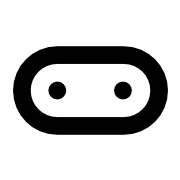Introduction to Buffers in Micro:bit Programming
Buffers are essential in programming, acting as temporary storage for data. In the context of micro:bit, a buffer serves as a transfer stop for data from various sources, such as network operations or pin interactions. This allows programs to read data when ready and prepare data for transfer to devices or other memory locations.
Key Features:
- Multiple Data Types: Buffers can hold various data types, including numbers and strings, making them versatile for complex data transfers.
- Data Retrieval: Access specific data items in a buffer using offsets, similar to array indexing.
- Writing to Buffers: Create and manipulate buffers to store data efficiently, such as reading time data from an external Real Time Clock (RTC).
Use Cases:
- Real-Time Data Handling: Use buffers to manage data from sensors or external devices, ensuring smooth data flow and processing.
- Complex Data Structures: Combine different data types in a single buffer for advanced applications, such as interfacing with displays or cameras connected to the micro:bit.

